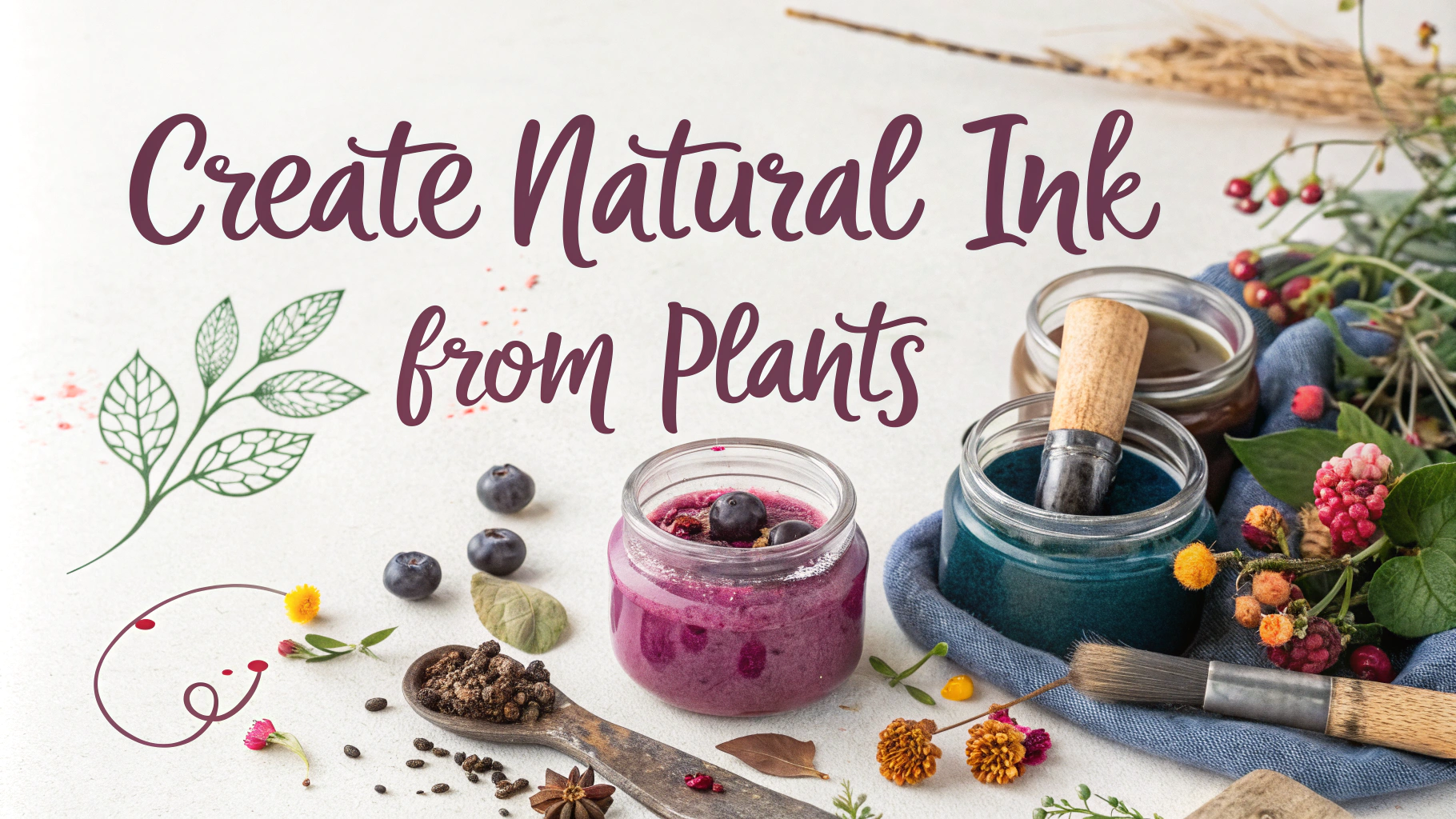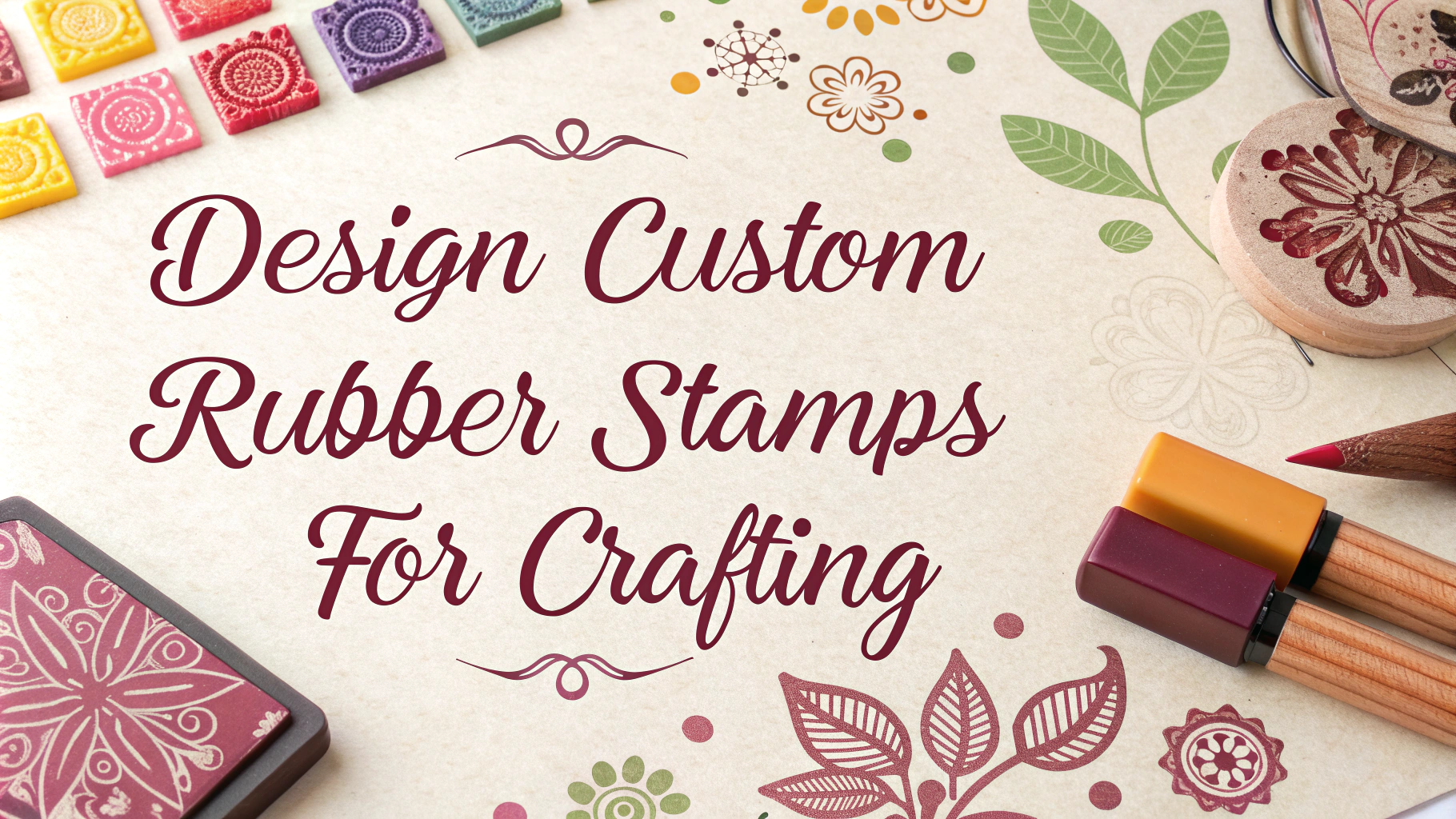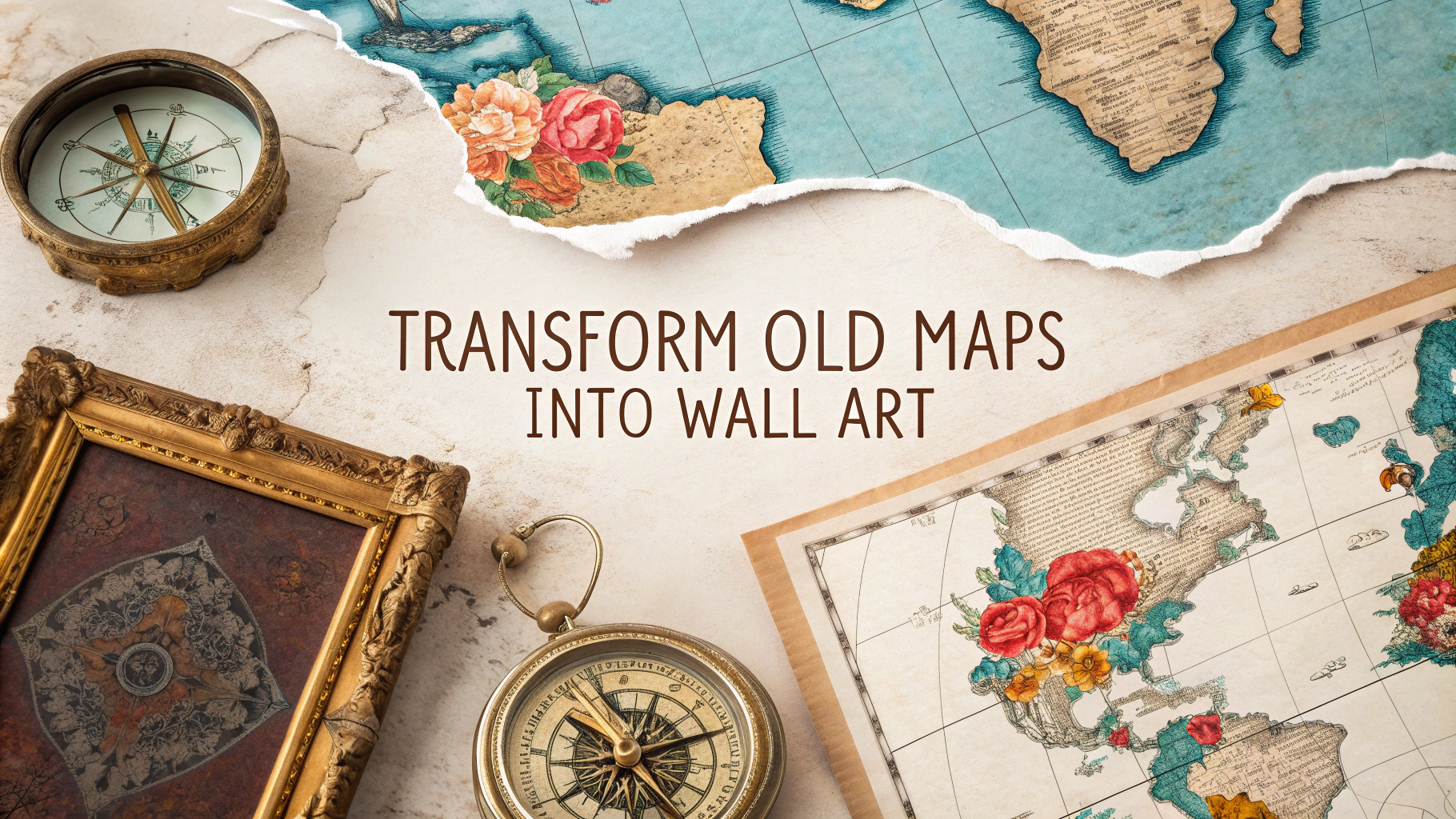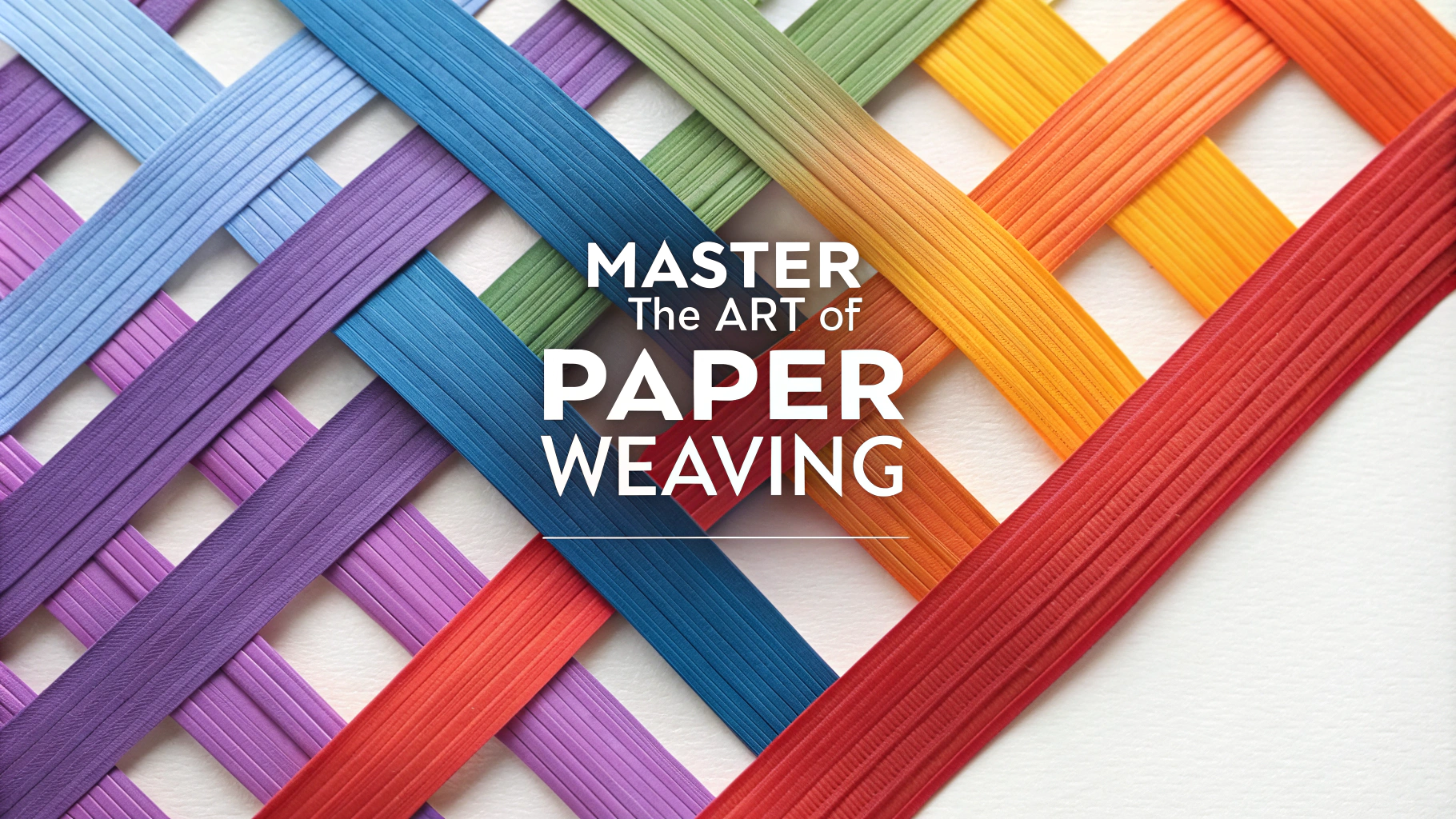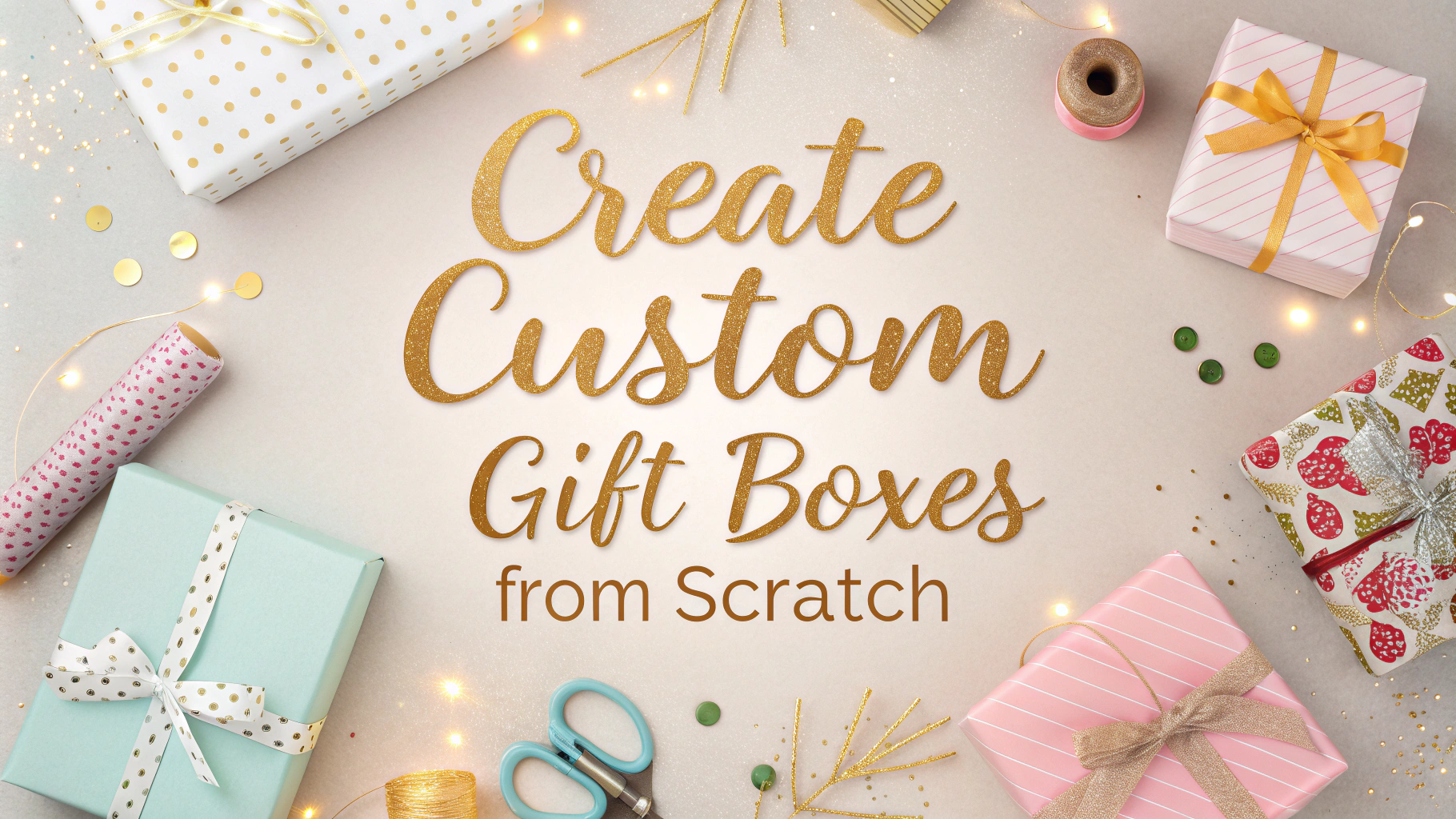Traditional gift wrapping creates millions of tons of waste annually, but there are many creative and eco-friendly alternatives that can make gift-giving both beautiful and sustainable.
Quick Alternatives to Traditional Gift Wrap
- Fabric Wrapping (Furoshiki): Use scarves, bandanas, or fabric scraps
- Recycled Paper: Newspapers, maps, sheet music, or brown paper bags
- Reusable Bags: Cotton totes, mesh produce bags, or decorative gift bags
- Natural Materials: Dried leaves, twine, pine cones for decoration
DIY Zero-Waste Gift Wrap Projects
- Transform old calendars into gift wrap
- Create fabric gift bags from old clothing
- Make paper from recycled materials
- Design reusable gift boxes from sturdy cardboard
Sustainable Decorative Elements
Replace plastic ribbons and bows with these eco-friendly options:
- Cotton or hemp twine
- Dried flowers or herbs
- Paper-based washi tape
- Wooden gift tags
- Seeds or plantable decorations
Where to Find Sustainable Gift Wrap Materials
- EarthHero – www.earthhero.com – Sustainable gift wrap and accessories
- Package Free Shop – packagefreeshop.com – Zero-waste wrapping solutions
- Etsy – www.etsy.com – Handmade fabric gift wrap options
- Local thrift stores for fabric and upcycled materials
Tips for Zero-Waste Gift Presentation
- Choose gifts that don’t require wrapping (experiences, digital gifts)
- Save and reuse gift bags, boxes, and ribbons
- Start a gift wrap station with sustainable materials
- Learn basic furoshiki (Japanese fabric wrapping) techniques
Cost-Saving Benefits
| Traditional Wrap | Sustainable Alternative | Yearly Savings |
|---|---|---|
| Paper Gift Wrap ($5-10/roll) | Fabric Wrap ($15 one-time) | $45-90 |
| Plastic Ribbon ($4/roll) | Natural Twine ($8/roll) | $20 |
Track your gift wrap spending and waste reduction using this EPA Waste Reduction Calculator.
Storage Solutions
- Roll fabric wraps around cardboard tubes
- Store flat items in large art portfolios
- Use vacuum storage bags for fabric materials
- Label and organize by season or occasion
Environmental Impact
Each year, traditional gift wrap contributes to:
- 4.6 million pounds of wrapping paper sent to landfills
- 38,000 miles of ribbon discarded
- 2.3 million pounds of tissue paper waste
- Significant deforestation and water pollution
Teaching Children Sustainable Practices
- Make wrapping gifts a creative family activity
- Explain environmental impact in age-appropriate ways
- Create traditions around reusable wrapping
- Encourage collecting natural decorative elements
Professional Gift Wrapping Services
Eco-Friendly Options Available
- Request sustainable materials
- Look for certified green businesses
- Ask about reusable packaging options
- Consider gift-wrapping workshops
Conclusion
Sustainable gift wrapping is more than an eco-friendly choice—it’s an opportunity to create unique, meaningful presentations while reducing environmental impact. By adopting these alternatives and teaching others, we can significantly decrease waste during celebrations and special occasions. The initial investment in sustainable materials pays off both financially and environmentally over time.
Remember to:
- Start small and gradually build your sustainable wrapping collection
- Share techniques with friends and family
- Document your waste reduction journey
- Celebrate the beauty of eco-friendly alternatives
FAQs
- What are the most eco-friendly alternatives to traditional gift wrap?
Fabric wrapping (furoshiki), reusable gift bags, recycled paper, newspaper, kraft paper, maps, children’s artwork, tea towels, and scarves are sustainable alternatives to conventional wrapping paper. - Is conventional gift wrapping paper recyclable?
Most traditional wrapping paper is not recyclable due to dyes, laminates, glitter, and metallic finishes. Plain paper without these elements can be recycled, but anything shiny or textured should go in regular waste. - How can I create zero-waste gift packaging using items I already have?
Reuse shipping boxes, transform old calendars or magazines into envelopes, use glass jars, repurpose fabric scraps, or utilize paper grocery bags turned inside out for a kraft paper look. - What natural materials can I use for gift decoration instead of ribbon and bows?
Twine, dried flowers, pine cones, cinnamon sticks, fresh herbs, wooden gift tags, dried orange slices, and pine sprigs are excellent natural alternatives for gift embellishments. - How do I practice furoshiki (Japanese fabric wrapping)?
Start with a square piece of fabric, place the gift diagonally in the center, bring opposite corners together, tie them in a knot, then repeat with the remaining corners. Different techniques exist for various shaped items. - What are the environmental impacts of traditional gift wrap?
Traditional gift wrap contributes to deforestation, uses harmful dyes and chemicals, creates non-biodegradable waste, and results in approximately 4.6 million pounds of wrapping paper being discarded annually in the US alone. - Can I compost gift wrapping materials?
Plain paper and natural twine can be composted. However, wrapping paper with glitter, metallic elements, or plastic coating cannot. Natural decorations like dried flowers and herbs are also compostable. - What’s the best way to store and reuse gift bags and ribbons?
Fold bags flat and store by size in a dedicated container. Roll ribbons around cardboard pieces or empty paper towel rolls to prevent tangling. Keep everything in a dry place to maintain quality. - How can I remove tape from paper to make it reusable?
Gently heat tape with a hairdryer to loosen adhesive, then slowly peel it off. Alternatively, use washi tape or avoid tape altogether by folding edges carefully or using ribbon to secure packages. - What are some creative ways to give unwrapped gifts sustainably?
Use reusable containers like baskets, pottery, or tins that become part of the gift, create a treasure hunt with clues, or present experiences rather than physical items to eliminate the need for wrapping.




